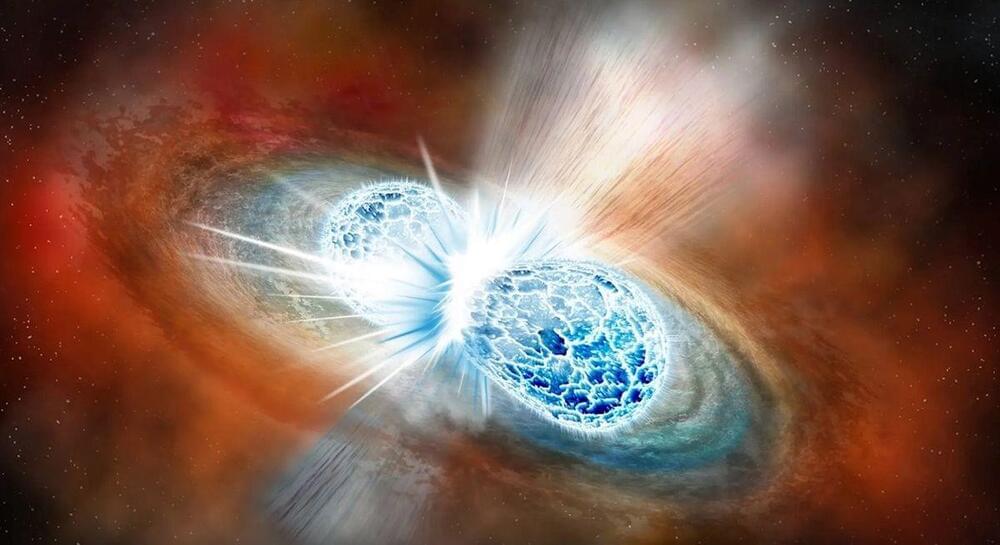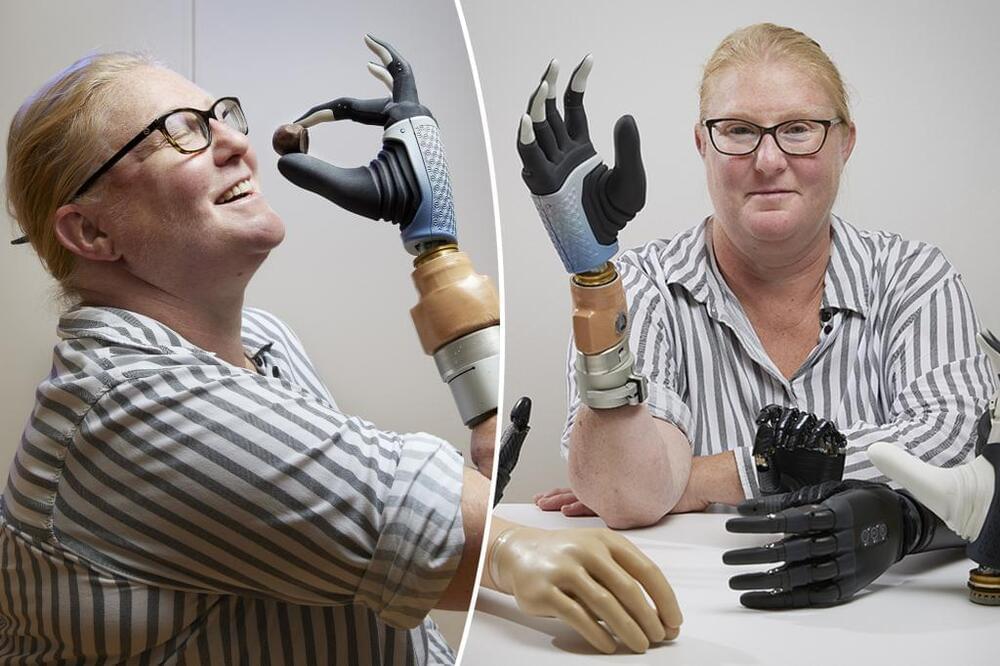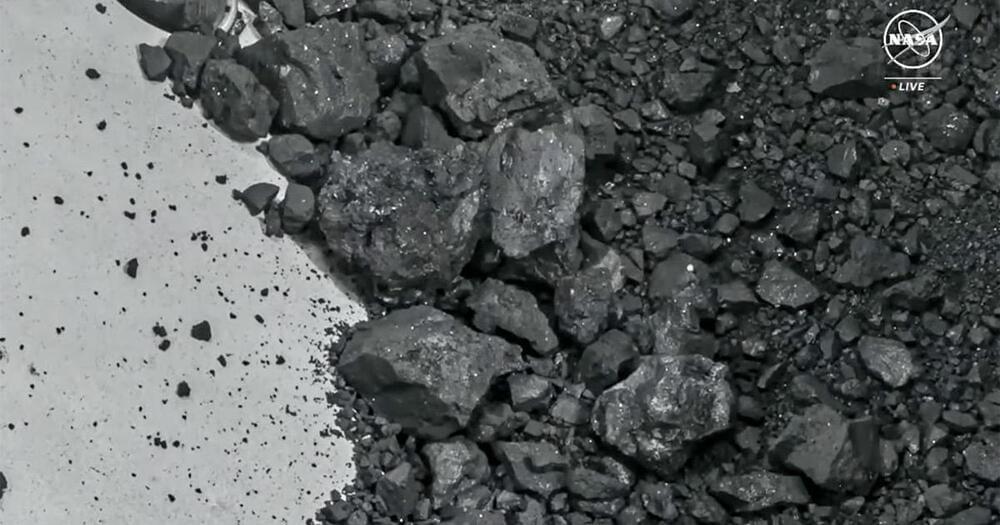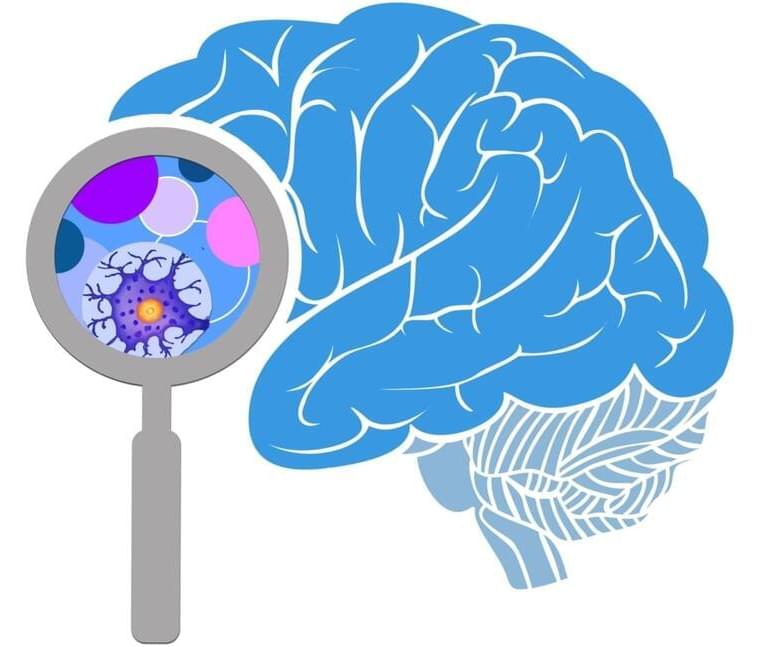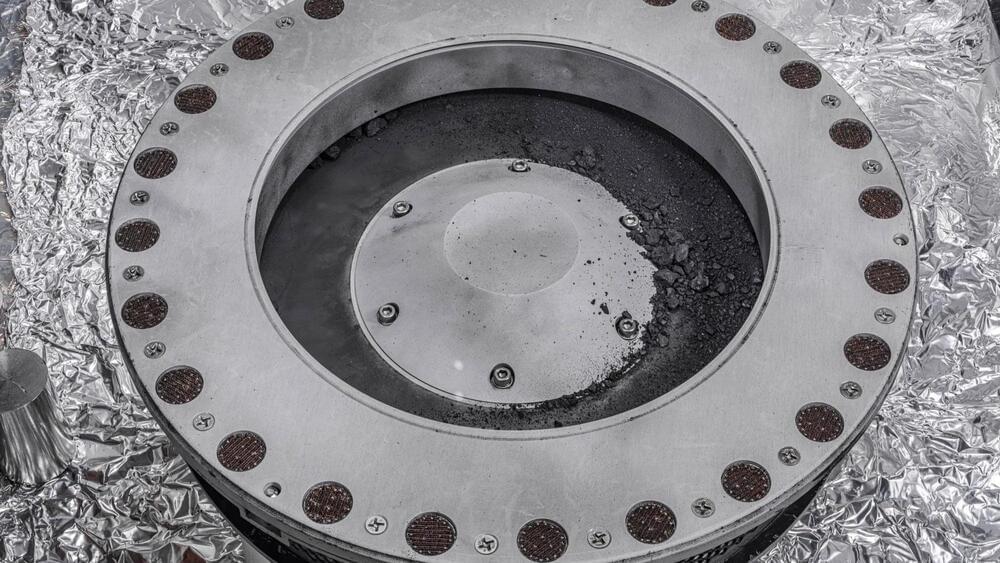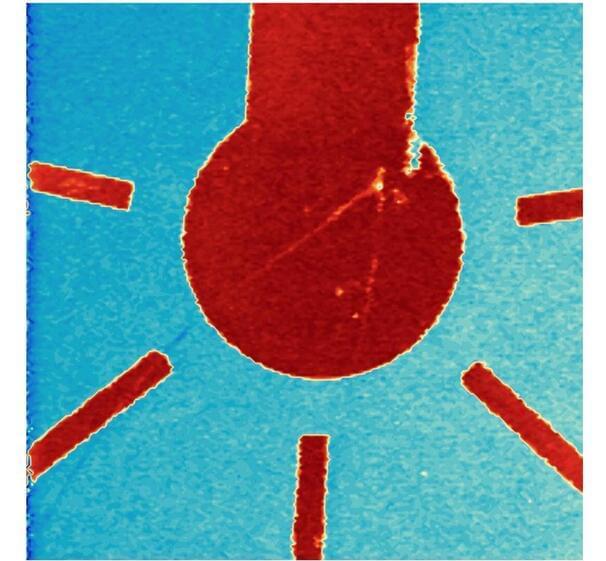Oct 12, 2023
Meta shows how to reduce hallucinations in ChatGPT & Co with prompt engineering
Posted by Dan Kummer in category: robotics/AI
When ChatGPT & Co. have to check their answers themselves, they make fewer mistakes, according to a new study by Meta.
ChatGPT and other language models repeatedly reproduce incorrect information — even when they have learned the correct information. There are several approaches to reducing hallucination. Researchers at Meta AI now present Chain-of-Verification (CoVe), a prompt-based method that significantly reduces this problem.
New method relies on self-verification of the language model.



